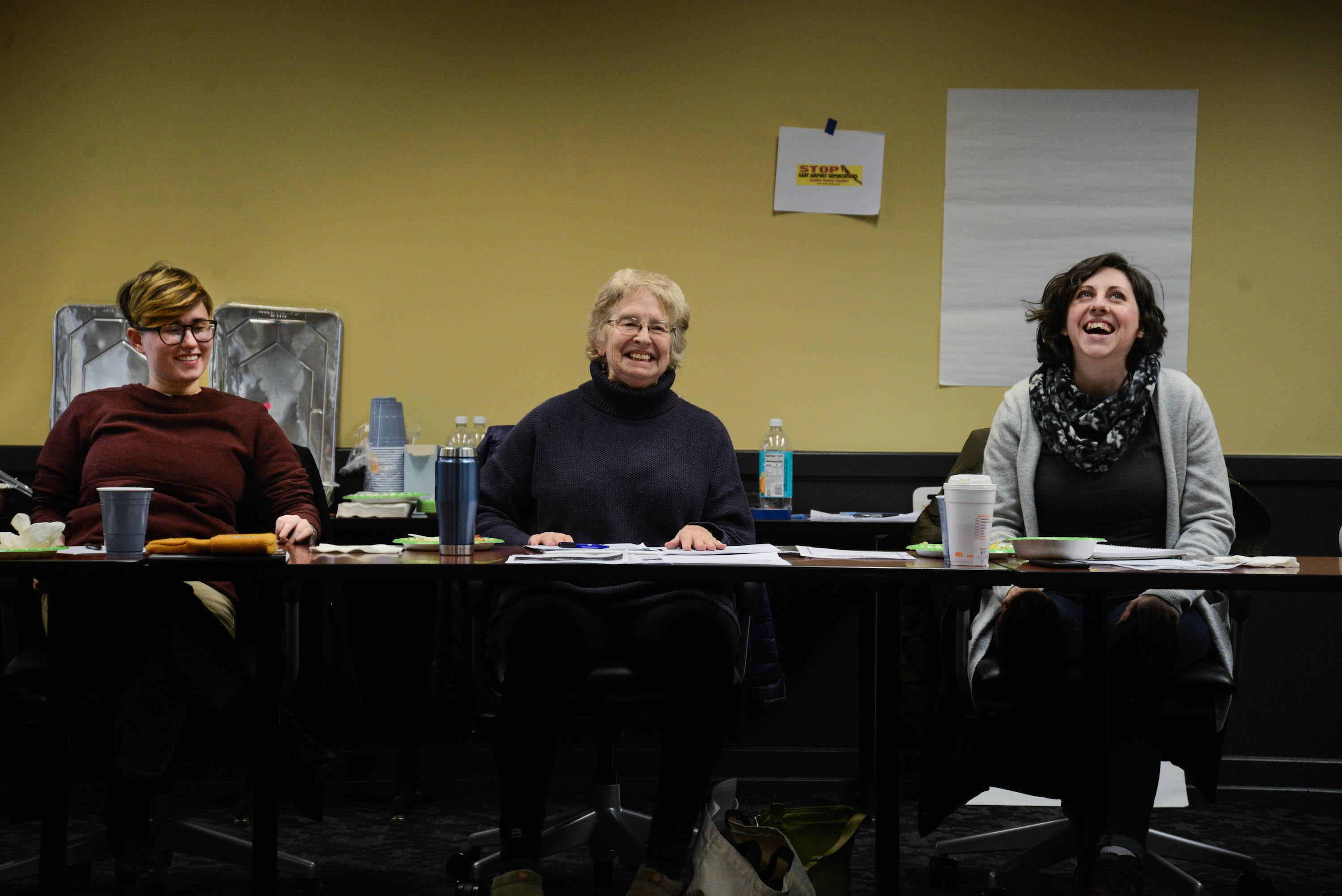
This article is the first in a series on SAIC’s Strategic Planning Initiative (NEXT). The series aims to shed light on the ongoing process and to explore the efficacy of SAIC’s previous initiatives.
In an institution as large as the School of the Art Institute of Chicago (SAIC), change requires a lot of momentum. Policy changes come down a long, bureaucratic pipeline before they reach the student body. These changes begin in strategic planning initiatives. The school is currently in the midst of a planning cycle that began in 2016 and will be completed in 2023. But how does this strategic planning process work?
SAIC runs its administrative and academic changes through a three-part cycle: research, strategic planning, and implementation. The strategic planning cycle is integrated and perpetual, meaning once a cycle is a few years into implementation, the next cycle begins. This integrated method is designed to make the administration “take stock” and “be accountable,” Associate Provost of Academic Affairs Amy Honchell told F Newsmagazine. She is the chair of the initiative’s steering committee, a body that oversees the planning process.
The current strategic planning cycle, known as NEXT (not an acronym, just emphatic), started in the 2016-2017 academic year. The cycle has three phases.
The first phase is a data collection phase, in which the committee surveys SAIC students, staff, and alumni to gauge their values and what potential changes should be explored. This stage was completed last spring.
Second, the committee selects and refines a set of specific initiatives. This cycle includes seven initiatives dedicated to topics like diversity, scheduling, and affordability. They form “Action Groups,” — subcommittees devoted to particular initiatives. This is the phase NEXT is currently in, comprising the 2018-2019 academic year.
The third and final stage, implementation, will begin in the 2019-2020 school year, and go on until at least 2023, or as long as changes made by this cycle continue.
Highlights of the Initiatives
Affordability and Value. SAIC’s 126-credit undergraduate requirement is higher than the national average (120). In fact, the credit count was lowered in 2015 for both undergraduate and graduate students. This did not arise from strategic planning cycles, but from the new budget committee plan implemented by Elissa Tenny at the beginning of her presidential tenure. Credit reduction is one method of tuition cost reduction that the committee is considering. Other ideas under consideration include a per-semester plan instead of a credit-based model. Like all the considerations of the Action Groups, these are only potential changes.
Belonging. According to Honchell, most groups surveyed in stage one expressed a wish for more “unprogrammed space” on campus, or common areas for informal use. This is not new — the Neiman Center, completed in 2012, was built based on recommendations from the previous cycle. The current belonging group will explore the possibilities for a similar common area for faculty and staff, and potentially for alumni.
Diversity and Inclusion. Another outcome of the previous strategic planning cycle is SAIC’s Diversity Action Group. This committee was formed in 2010, following recommendations made in an equivalent diversity initiative. It is now a permanent body, tasked with maintaining a diverse curriculum and an accepting climate. Honchell, leader of the current cycle, helped form this group and is still a board member. The efficacy of these efforts is difficult to quantify. This cycle’s diversity initiative will investigate future plans.
Time. The time group is weighing possible changes to both class scheduling and semester calendars. They will examine class length and the 6-hour studio format. Do all classes need to be semester-long, or can SAIC offer shorter intensives? And what about a more substantial spring break?
The remaining initiatives deal with interdisciplinary questions, faculty support, and alumni life.
What’s Our Status?
The initiative is currently in its second stage, the Action Groups stage. In the 2018 fall semester, the steering committee put out a call looking for staff and students to apply to the seven Action Groups. Honchell, who was involved in the previous strategic planning cycle, said the response was “enthusiastic.” She said they received many applications and that part-time staff and students were especially well-represented.
The Action Groups will now meet several times over the course of this semester. Meeting minutes will be posted on the Strategic Planning website. Each group’s final product will be 10 recommendations on their particular initiative, ranked in order of priority. These recommended changes will come with details on who the measure impacts, its budget impacts, and a manner of assessing whether the measure is working. Action Groups must submit these recommendations by late March.
As the action points are only recommendations, none are guaranteed to be implemented. The final decisions will be made in the spring and summer by the administration before implementation begins in the fall.







